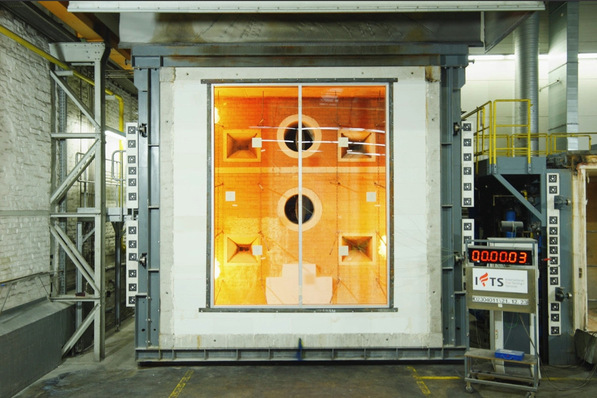According to Dovista, the co-operation illustrates the increasing interest of the market and the high relevance of basic glass products with a reduced CO2 footprint as an effective means of reducing the CO2 footprint of its own windows.
By using low-carbon glass in its products, Dovista is taking a decisive step towards reducing its Scope 3 emissions and thus further advancing its comprehensive sustainability strategy.
See also: AGC Glass Europe and Eastman become partners
Low-carbon glass from AGC has a reduced global warming potential of only 5.5 kg CO2-eq/m² [1] with a glass thickness of 4 mm. This represents a significant reduction compared to conventional float glass with a global warming potential of 10.3 kg CO2-eq/m² [2] with the same glass thickness.
Also interesting: World’s first low-carbon fire-resistant glass
The integration of low-carbon glass into the window manufacturing process enables an effective reduction in Scope 3 emissions, which include indirect emissions along the value chain. For window manufacturers, this approach is crucial to meeting strict environmental regulations and sustainability targets.
[1] The global warming potential (GWP) is given for the cradle-to-gate impacts (A1-A3) as defined in NF EN 15804+A2:2019.
[2] The global warming potential (GWP) is given for the cradle-to-gate (A1-A3) impact as defined in NF EN 15804+A2:2019. The value for Planibel 4 mm is extrapolated from the results of the Environmental Product Declaration for Planibel 8 mm.














